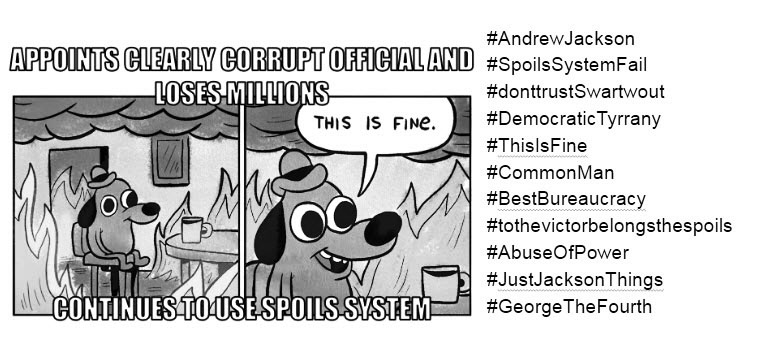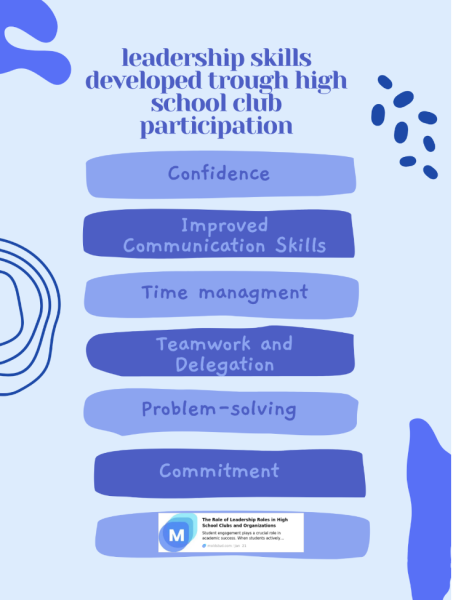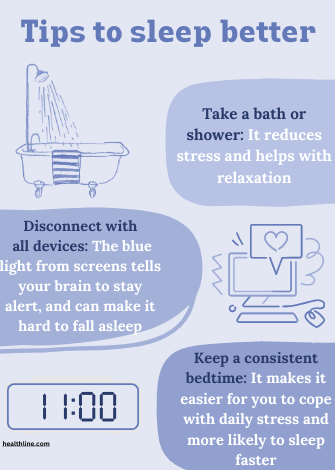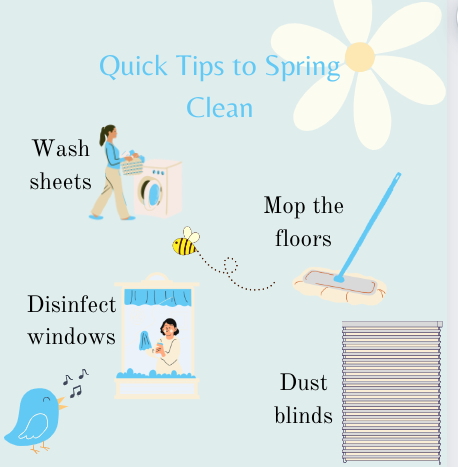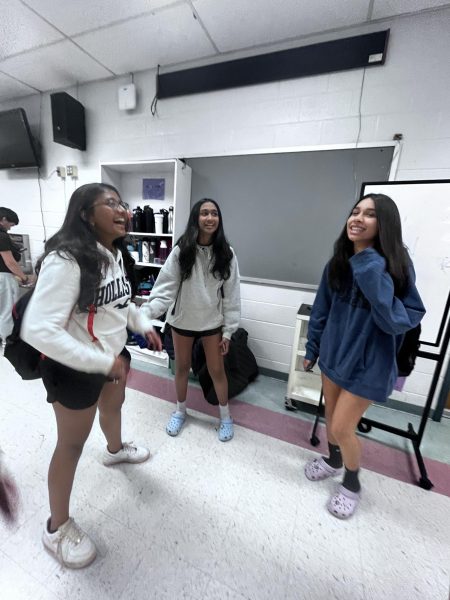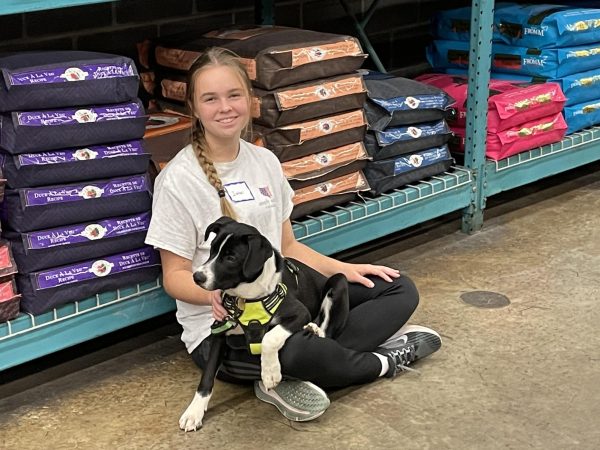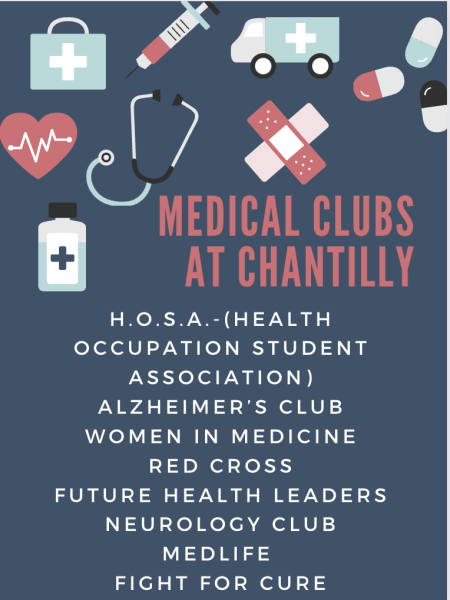Students learn more effectively through alternative approaches
May 5, 2017
Not all students can attain valuable skills or retain information exclusively through traditional teaching approaches, such as lecturing and essay writing. Through the FCPSOn program, teachers have been encouraged to implement student-centered strategies that are active and collaborative to truly prepare students for the 21st century.
English – Graphic Novel project
English 10 teachers Denise Bakula and Emily Huggins teamed up to teach a graphic novel titled “American Born Chinese” by Gene Luen Yang to their students through a unique graphic novel project. Since the book portrays three characters and the transformation that occurs when they learn more about their personal identities, students were tasked with writing and illustrating their own graphic novel about personal experiences.
“Final products were about a variety of experiences, [like] moving to a new state or country, accepting one’s physical appearance, new friendships or relationships, and the list goes on,” Huggins said.
Students were guided through the unit with a variety of teaching strategies ranging from traditional methods to more modern ones by encouraging students to connect the story to their own life experiences.
“Each student is unique, and it is so important to provide opportunities for everyone to find academic success. We loved seeing how excited our students were to do something different,” Huggins said. “They were really engaged in the project, and the unique illustrations and stories they created were beyond our expectations.”
AP Environmental Science – food scavenger hunt
As a substitution for the quarterly formal lab report, AP Environmental Science (APES) students learned about nutrition and the environmental impact of the food industry through the food scavenger hunt project. They were given a list of food items such as gluten-free or genetically modified organisms (GMOs) to find in a grocery store and were required to take a selfie with each item for proof.
“[Prior to this project,] I’ve never looked at a grocery store this closely before,” senior Rashel Bajaj said. “I didn’t even know there were that many things that existed. I like it more than the formal labs that we had to do for other quarters, as it is more active and really fun.”
Additionally, the project included a research component, with students answering a variety of prompts such as how does this hormone affect humans and cows.
“[Non-traditional methods] are a good way to teach for some kids,” APES teacher Anne Fenton said. “If I just lecture for two days, they would be bored out of their skulls, I would be bored out of my skull. Kids don’t learn just from a lecture class.”
US History – meme generator
To help students learn vocabulary, social studies teacher Ross Bosse had his AP U.S. History students create memes. They also had to come up with about 10 hashtags pertaining to the terms that they were assigned.
“I saw this idea at a conference and [social studies department chair John] Downes and I decided to do it.” Bosse said. “During the process of thinking about creating a meme for the term, the process sinks into their head several times, so it’s easier to learn.”
This modern take on vocabulary study allows allow students to relate more to the project. It helps students learn in a more efficient way than having to cram information into their heads before quizzes or tests. The meme generator activity may be one of those lessons that teachers choose to incorporate every so often as it is more time-consuming than just reviewing vocabulary.
“[Creating memes is] actually a pretty effective way of having us learn [material] because it’s a method we relate to more than just monotonously copying down definitions or writing a paragraph about how [a topic] relates to history,” junior Andrea Fernandez said. “I would definitely like more variation from the traditional ways of teaching.”


